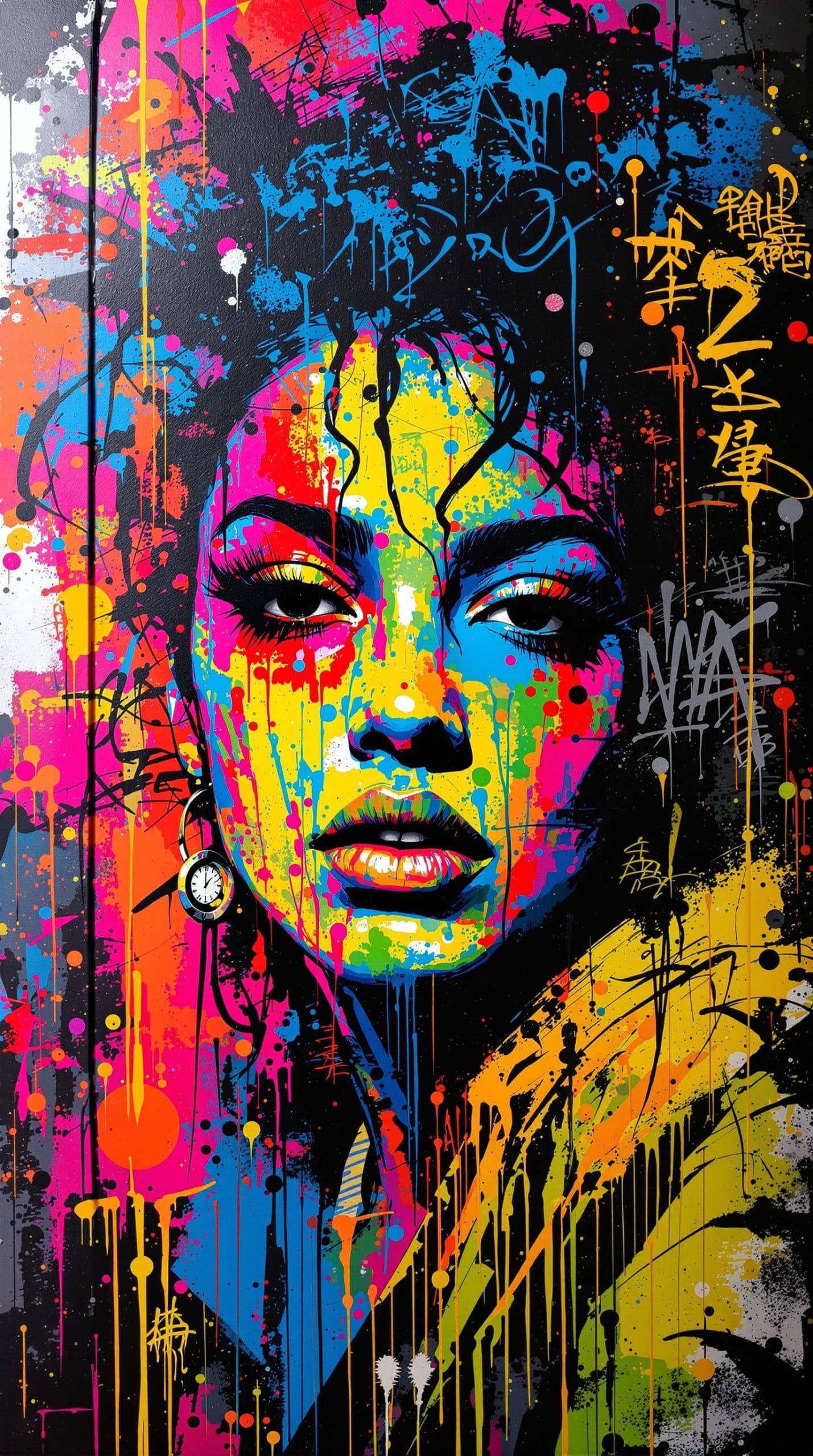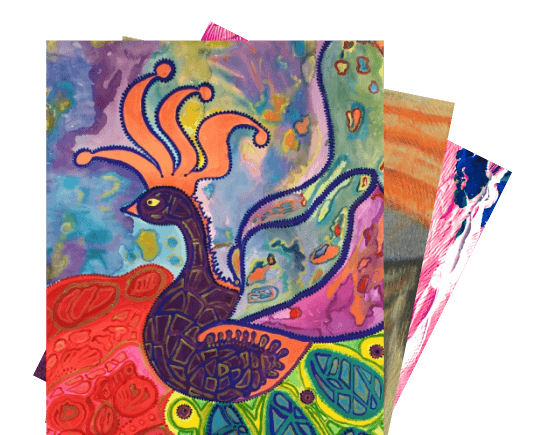Filters
Available Artwork
Other styles of paintings you may like
Origins of Spray Paint Painting:
The practice of spraying paint with compressed air originated on the Southern Pacific Railroad in the early 1880s. In 1887, Joseph Binks, a maintenance supervisor at Marshall Field's Wholesale Store in Chicago, invented a hand-pumped machine that sprayed cold-water paint. This device was initially used to apply whitewash to the store's subbasement walls. Later, in 1893, Francis Davis Millet, who directed decorations for the World's Columbian Exposition in Chicago, employed Binks and his spray painting system. They used it to apply a whitewash mixture of oil and white lead to the Exposition buildings. This method significantly reduced the time it would have taken with traditional brushes, leading to the Exposition being famously dubbed the "White City." Decades later, in 1949, Edward Seymour further advanced spray painting technology by developing aerosol paint, which could be conveniently dispensed from a compressed aerosol can.
In the 1950s and 1960s, spray paint became widely available for both commercial and household use, including the painting of cars and appliances. However, it wasn't long before artists and subcultures began to adopt it for creative expression. The 1970s saw the rise of graffiti and street art, particularly in cities like New York, where young artists used spray paint to create vivid murals, tags, and social commentary on urban walls and subway trains. By the 1980s, spray painting had become an integral part of the urban art movement, with artists like Jean-Michel Basquiat and Keith Haring bringing street aesthetics into galleries and museums. Spray paint's speed, portability, and ability to cover large surfaces quickly made it ideal for spontaneous and bold visual language. Today, spray painting is a respected technique in both street art and fine art. Contemporary artists use it not only on walls but also on canvas, wood, metal, and even found objects. Innovations in nozzle control, stencils, and UV-resistant pigments have expanded its creative potential, allowing for precision and permanence.












